
Source
This week, from July 16 to 24, will be 49 years since the man stepped on the moon in 1969. In the great mission Apollo 11, which lasted 8 days. And precisely on a day like today, July 20, astronauts reach the surface of the Moon. That's why I want to write several topics related to space travel; starting with the theme: The astronautic evolution in the conquest of the Universe.
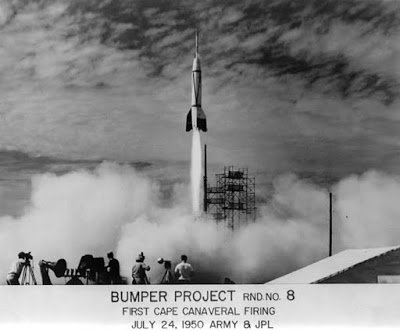
Source
Since then, the development of Newtonian dynamics allowed the sage to discuss such projects with confidence, although there were still not enough projectiles of power to overcome the gravitation of the Earth and the resistance of the air, which would be an obstacle, because not even from the invention of the globe in 1783, there was no idea that our atmosphere had an upper limit.
In the nineteenth century, knowledge about the air environment, about the vacuum and about what the Universe wanted to say extended, at the same time, the progress of all branches of science and technology emerged, which allowed the creation of a new science: Astronautics or science of space travel, which will refer to the theory and practice of navigation and the atmosphere of the Earth, artificial objects, manned or unmanned, and everything related to the study of trajectories, navigation and exploration and human survival in space. This includes equipment or vessel design.
It is considered that the precursor of the Astronautics, was Konstantin Tsiolkovski (1857-1935), a Russian professor of mathematics who in 1903 advocated the use of the rocket for the propulsion of interplanetary spacecraft. and He indicated that a fuel such as kerosene would be adequate; but this idea of Konstantin, went unnoticed, and the development of astronautics does not really begin until after the First World War, with the publication of three works, considered today as classic: The first work is from: The method to reach extreme heights (1919), a study carried out by the mathematician Robert H. Goddard, on the principle of rockets. The second work: Refers to the rocket for interplanetary spaces (1922), in which the Austrian engineer Hermann Oberth analyzed the problems of construction of liquid fuel rockets, dirigibles.
And the third work: It was about the possibilities of reaching the celestial bodies (1925), the German Walter Hohmann.
The pioneers of modern rocketry and astronautics
Konstantin Tsiolkovski (1857-1935). Known for his work: The Tsiolkovsky Rocket Equation.
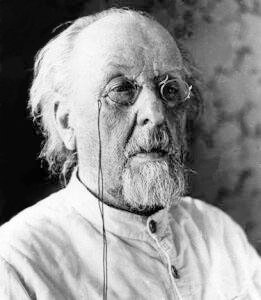
Source
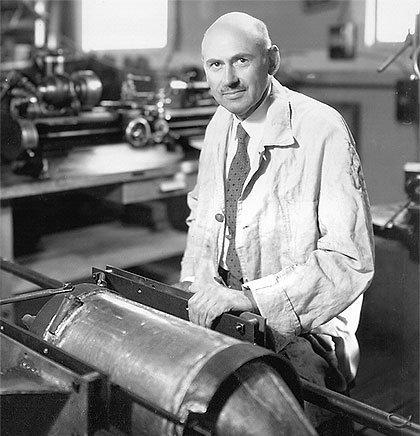
Source
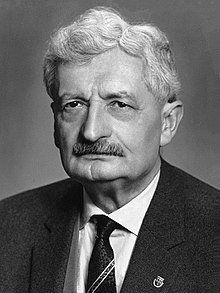
Source
Source
The Rockets
The rockets were invented in China, around the year 1200 of our era, Although they were used to throw incendiary charges in the places of the cities, it was first of all a pyrotechnic device very similar to those that are still used for fireworks: a tube cardboard filled with black powder, which serves as a combustion chamber and is subject to a light rod. The artifact is thrown to the top giving it fire through an open hole in its lower part. In the 19th century, the perfected forms of this rocket were invented for light signals and for military projectiles.
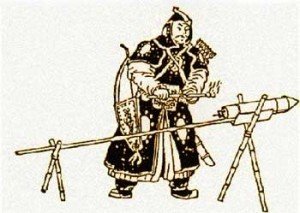
Source
Space rockets
The search for a means to raise meteorological instruments to the upper layers of the atmosphere led Professor Robert H. Goddard (1882 - 1945) to experiment with liquid fuels to give the rockets greater speed and range. In 1926, after many tests, he fired a model of his own design and construction, which climbed vertically to 1.600 meters; In 1929, the Soviets, recognizing the Tsiolkovsky genius, also began experimenting with rocket engines, but the greatest advances were made in Germany, thanks to pioneers like Oberth and Hohmann.
Then Russia and the United States, began to build very powerful rockets for military purposes, and they would be used to launch probes and satellites into space. And so they continued to build rockets of different sizes for the exploration of space, rockets that reached speeds in the order of 25.000 to 40.000 km/h necessary to sufficiently counteract the earth's gravity.
Now that we have known the basic principles of rockets, we can say that the rockets designed for the conquest of the Universe are based essentially on these principles. To measure progress and get to the construction of space rockets such as Saturn V, we can say that these rockets are similar to Goddard's little artifact, suffice it to say that the differences are in the propulsive forces. The five engines of the first stage of Saturn V, designed to take man to the Moon, produce a total force of 3.375.000 kg. The larger the rocket, the more complex the design, the pumps are needed to inject the fuel into the camera, a cooling system for the nozzle, balancing devices to keep the rocket in vertical form and finally a number of important devices that will ensure the proper functioning of the same.
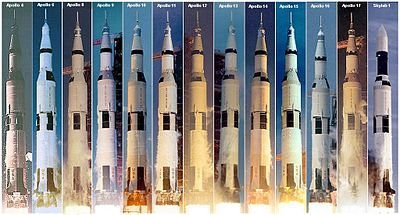
Source
Preparing astronauts for a space trip
The training of astronauts is both intellectual and physical; An astronaut must know up to the last detail of everything related to the construction and operation of his ship and acquire enough knowledge of the theory of space travel of celestial mechanics. The physical training consists of multiple tests designed to accustom men to the specific conditions that will prevail in the capsule during the flight, increase their resistance and develop the appropriate reflexes. Some of these conditions can be created for short times, through certain maneuvers and turns of military aircraft; but most tests are performed on Earth in laboratories equipped with vacuum chambers and special devices that look like real torture devices.
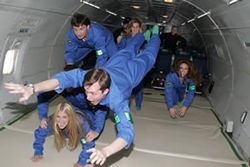
Source
During the ascent, the sudden acceleration results in an apparent increase of the weight of the man up to 8 times its normal weight, however, this part of the flight only lasts about 5 or 7 minutes. The conditions of acceleration can be reproduced in apparatuses called centrifuges, and it has been discovered that, for short times, the human body is able to withstand much greater gravities and that the disorders that these cause diminish if the man lying on the back.
On the return to Earth, the astronauts suffer again the effects of acceleration and through a longer period of about 20 minutes, but the increase in body weight is half compared to the rise. Lack of weight, one of the most serious dangers in this phase of the flight and the return to Earth, in which with any unforeseen impulse the ship can begin to somersault and turn on itself, until the astronaut lose all sense of direction and be unable to stabilize the ship.
space suits for astronauts
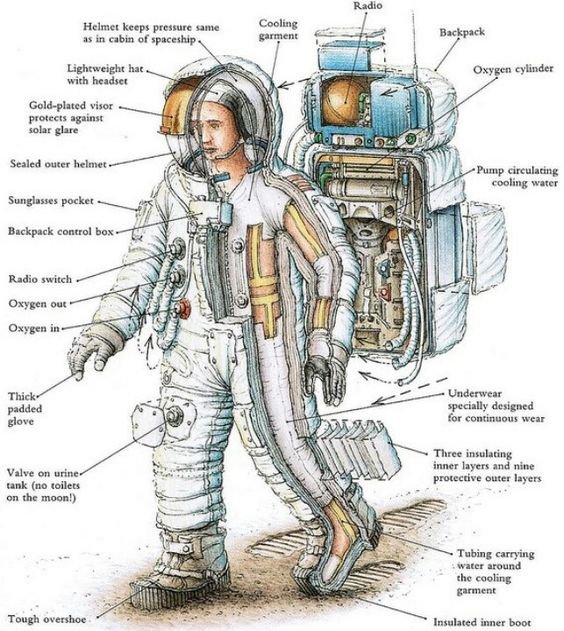
Source
Environmental conditions of a spacecraft to be manned
A vehicle for manned flights must guarantee a suitable environment for human beings, it is necessary that the cabin is hermetic to be able to inject air or breathe oxygen and artificially maintain a pressure equivalent to atmospheric pressure as on Earth (1 Kg/cm2). without it, the blood and bodily fluids would expand and reach the boiling point. Filters are needed to purify the air, eliminating carbon dioxide and water vapor released by exhalation and sweat. An air conditioning equipment must protect astronauts from extreme temperatures, remember that on Earth, it is precisely air that regulates temperatures.
I hope this information has been very useful, in the next topic I will write about the arrival of the man to Luna, considered one of the most important events in the history of mankind.
REFERENCES:
SourceSourceSource

Posted from my blog with SteemPress : http://oscarcede.vornix.blog/?p=20